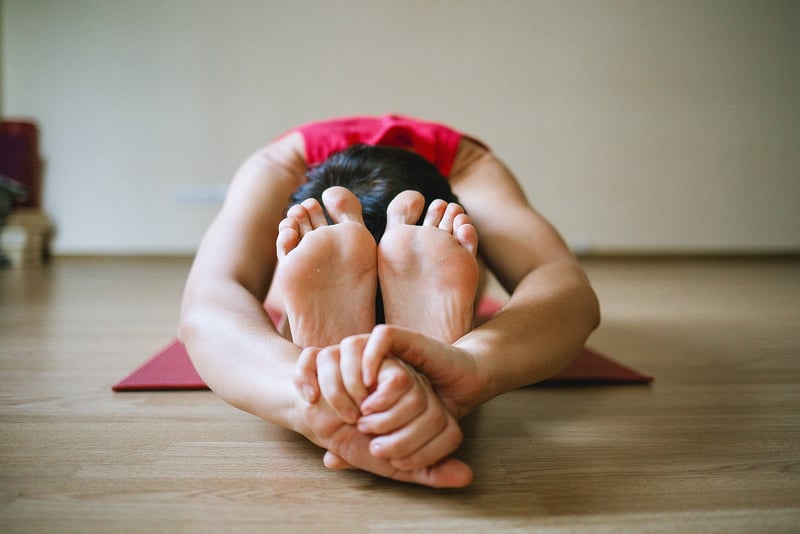Breath Retention
Enhance Your Well-being with Breath Control Exercises
Integrating breath control exercises into your daily routine can significantly improve your overall well-being. By focusing on your breath and incorporating breath retention techniques, you can enhance your mental clarity, reduce stress levels, and boost your energy levels. Let's explore some effective exercises that emphasize breath control and breath retention.
1. Diaphragmatic Breathing
Diaphragmatic breathing, also known as belly breathing, involves breathing deeply into your diaphragm to promote relaxation and reduce stress. To practice diaphragmatic breathing, sit or lie down comfortably and place one hand on your abdomen. Inhale deeply through your nose, allowing your belly to rise as you fill your lungs with air. Exhale slowly through your mouth, feeling your belly fall. Repeat this process for several minutes to experience a sense of calm and relaxation.

2. Box Breathing
Box breathing is a powerful technique that involves inhaling, holding your breath, exhaling, and holding your breath again in equal counts. Start by inhaling deeply for a count of four, hold your breath for four counts, exhale for four counts, and hold your breath for another four counts. This technique can help regulate your nervous system, increase focus, and reduce anxiety.

3. Alternate Nostril Breathing
Alternate nostril breathing is a yoga breathing technique that involves breathing through one nostril at a time. Sit comfortably with your spine straight, use your right thumb to close your right nostril, inhale through your left nostril, then close your left nostril with your right ring finger and exhale through your right nostril. Repeat the process, alternating nostrils. This practice can help balance the left and right hemispheres of the brain, promoting mental clarity and focus.

4. Breath Retention Exercises
Breath retention exercises, also known as Kumbhaka in yoga, involve holding your breath for a specific duration. Start by inhaling deeply, then exhale completely before holding your breath for a few seconds. You can gradually increase the duration of breath retention as you build your practice. These exercises can improve lung capacity, increase mindfulness, and enhance focus.

Integrating these breath control exercises and breath retention techniques into your daily routine can have a profound impact on your overall well-being. Whether you practice them in the morning to start your day with clarity or incorporate them into your bedtime routine for relaxation, prioritizing your breath can lead to improved physical, mental, and emotional health.
Remember to consult with a healthcare professional before starting any new exercise or breathing routine, especially if you have pre-existing health conditions.
